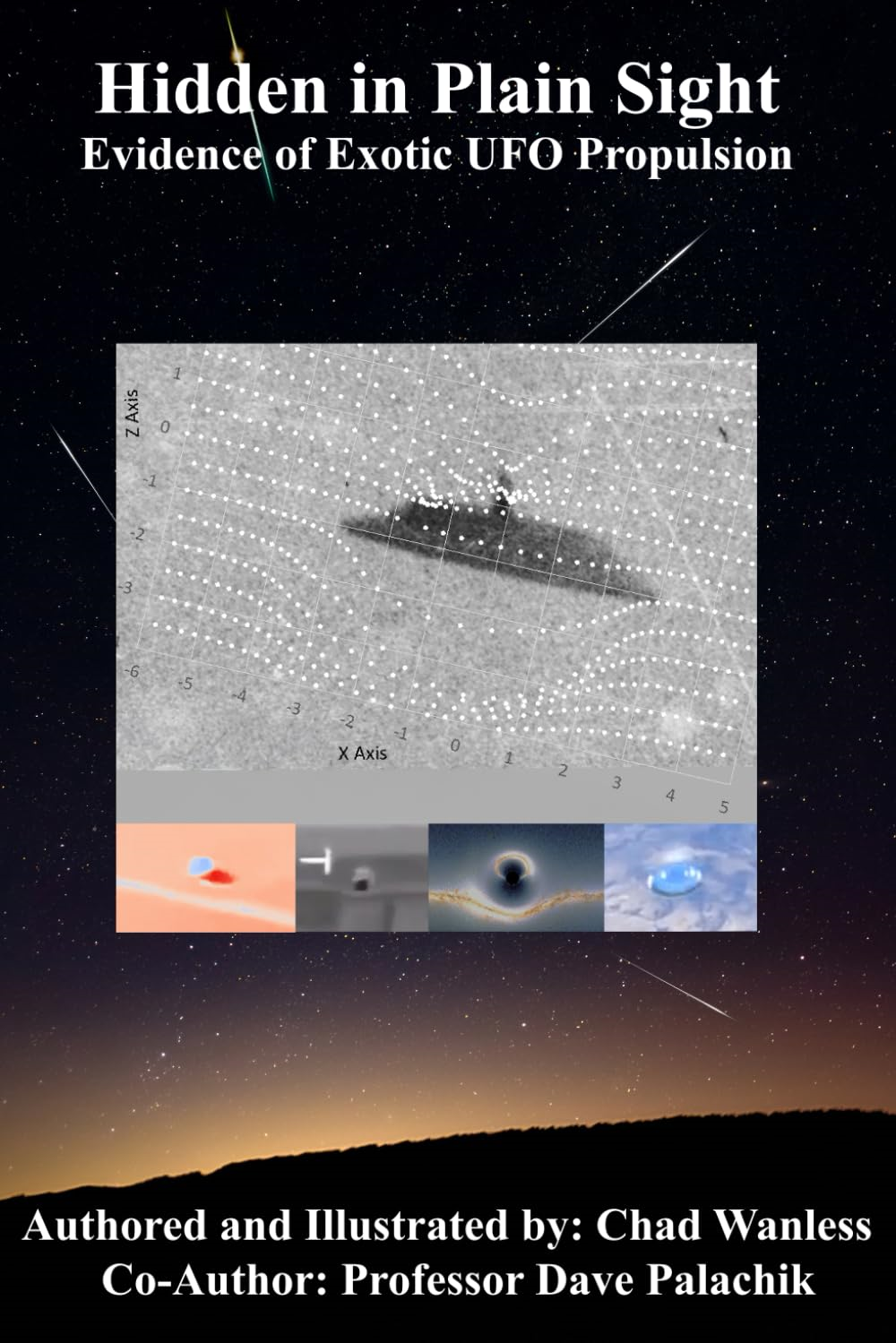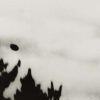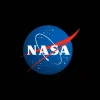Going Back to the Moon Won’t Break the Bank, NASA Chief Says0
- From Around the Web, Space
- September 1, 2018
Sending humans back to the moon won’t require a big Apollo-style budget boost, NASA Administrator Jim Bridenstine said.
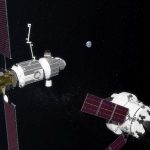
Sending humans back to the moon won’t require a big Apollo-style budget boost, NASA Administrator Jim Bridenstine said.
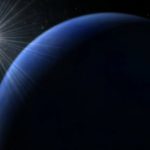
Scientists challenges idea that life requires ‘Earth clone’
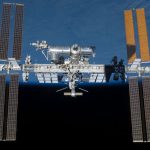
Astronauts aboard the International Space Station spent part of their day today (Aug. 30) fixing a tiny air leak in a Soyuz capsule docked to the station.
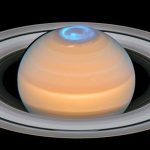
Astronomers using the NASA/ESA Hubble Space telescope have taken a series of spectacular images featuring the fluttering auroras at the north pole of Saturn. The observations were taken in ultraviolet light and the resulting images provide astronomers with the most comprehensive picture so far of Saturn’s northern aurora.

After an almost two-year journey, NASA’s asteroid sampling spacecraft, the Origins, Spectral Interpretation, Resource Identification, Security-Regolith Explorer (OSIRIS-REx), caught its first glimpse of asteroid Bennu last week and began the final approach toward its target. Kicking off the mission’s asteroid operations campaign on Aug. 17, the spacecraft’s PolyCam camera obtained the image from a distance of 1.4 million miles (2.2 million km).
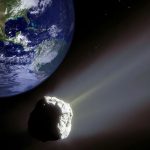
Engineers have come up with a plan to purposefully steer asteroids into Earth’s atmosphere and mine them for resources in orbit. What could possibly go wrong?
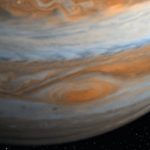
For centuries, scientists have worked to understand the makeup of Jupiter.
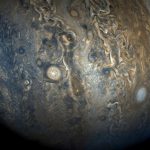
With an equator diameter of around 143,000 kilometers, Jupiter is the largest planet in the solar system and has 300 times the mass of the Earth. The formation mechanism of giant planets like Jupiter has been a hotly debated topic for several decades. Now, astrophysicists of the Swiss National Centre of Competence in Research (NCCR) PlanetS of the Universities of Bern and Zürich and ETH Zürich have joined forces to explain previous puzzles about how Jupiter was formed and new measurements. The research results were published in the magazine Nature Astronomy.
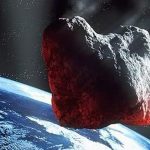
Protecting Earth from dangerous space rocks might require a little asteroid-on-asteroid violence.

From the Voyager mission to detecting the merging of black holes over a billion years ago, an argument for the pleasures of theoretical thinking
